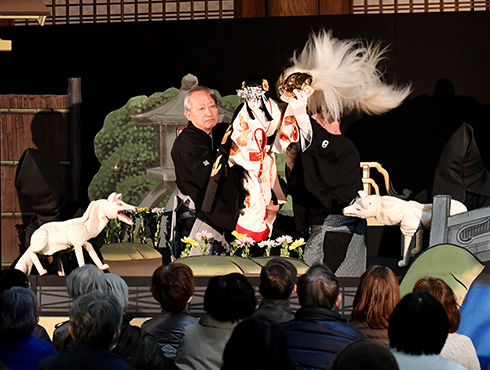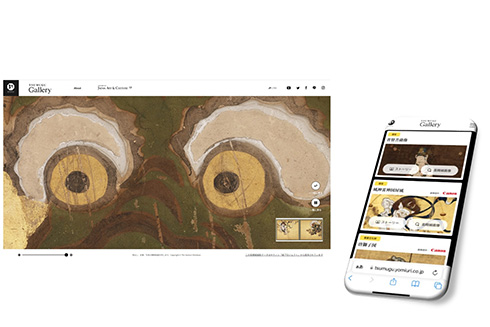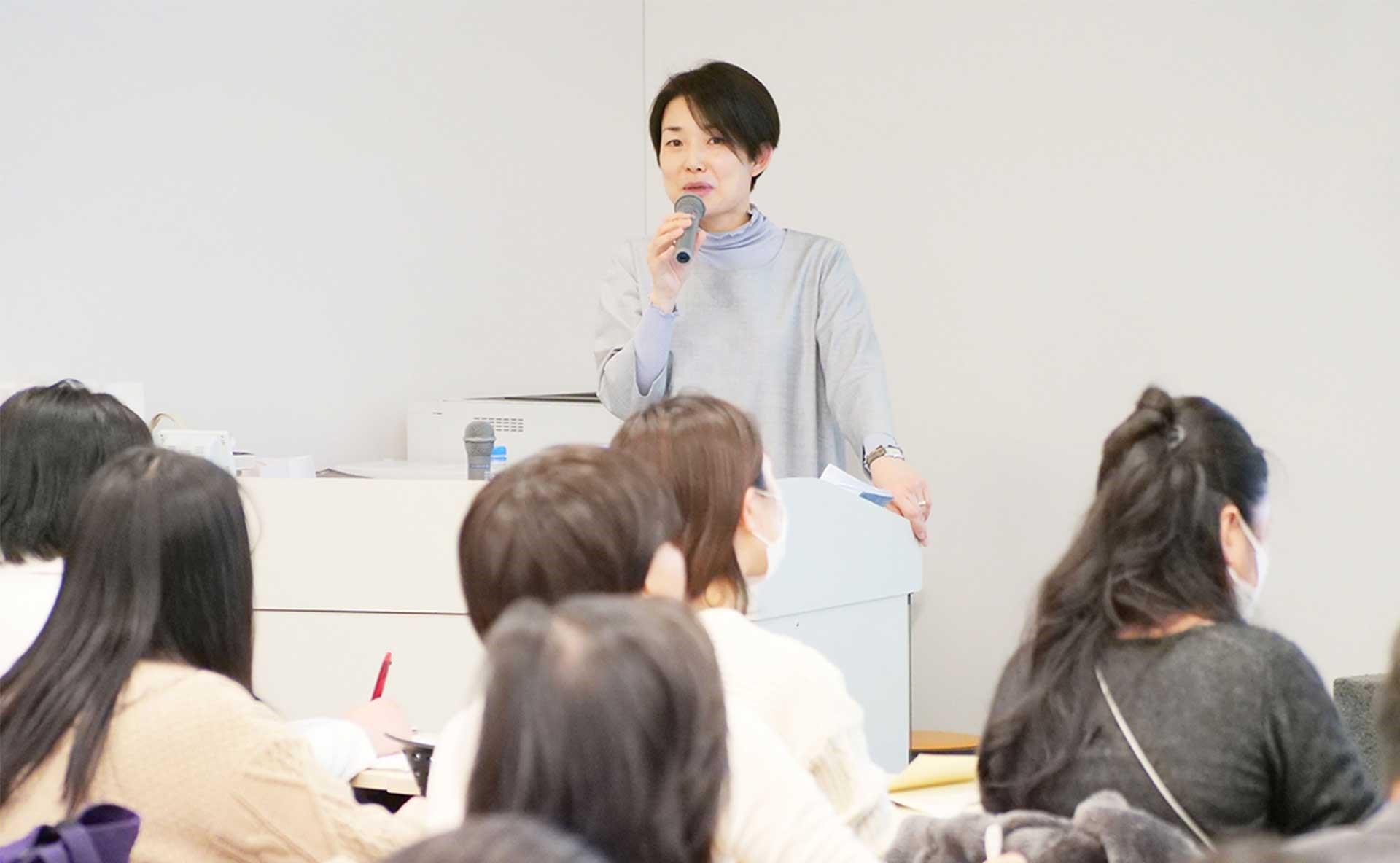Traditional Culture

"Action! Dentou-Bunka" Project: Celebrating the Beauty of Traditional Japanese Culture

"Dentou" is tradition, "Bunka" is culture. Traditional Japanese culture, such as noh, kyogen, kabuki, and bunraku, as well as traditional handicrafts like lacquerware and pottery, face such challenges as shortage of successors and difficulties in securing materials, which make preservation and inheritance of these cultural traditions increasingly difficult.
Given this situation, The Yomiuri Shimbun has started "Action! Dentou-Bunka" project in June 2023. In collaboration with various companies, organizations, local governments and individuals, we are acting to promote Japan's traditional culture.
This project aims at helping people rediscover the traditional culture's appeal by providing them with opportunities to appreciate, experience and learn it. We will also make efforts to preserve and inherit skills and expertise, foster successors and help producers of tools and raw materials, as well as deliver information to foreign visitors to Japan and people overseas.
"Action! Dentou Bunka" Official WebsiteTSUMUGU Project
The Yomiuri Shimbun, in partnership with the Cultural Affairs Agency and the Imperial Household Agency, is dedicated to preserving and promoting the beauty of Japan's national treasures, important cultural properties, and art and crafts related to the Imperial Family for future generations, both domestically and around the world.
The project's official website, available in both Japanese and English, provides information on exhibitions and the restoration of cultural properties undertaken as part of this initiative.
TSUMUGU: Japan Art & Culture (English site)What is the TSUMUGU Project?
The TSUMUGU Project is dedicated to preserving and sharing the exquisite beauty of Japan's time-honored art and artifacts, including exceptional pieces associated with the Imperial Family and those designated national treasures or important cultural properties. This project, a collaborative endeavor between the Cultural Affairs Agency, the Imperial Household Agency and The Yomiuri Shimbun, was launched in November 2018 as a public-private partnership focused on conveying the essence of these treasures to future generations, both within Japan and globally. In 2023, the project celebrated its fifth anniversary, continuing its mission to showcase and preserve Japan's rich cultural legacy.
The "Preservation, Restoration, and Exhibition" Cycle
The project seeks to establish a sustainable cycle of "preservation, restoration and exhibition" through multifaceted arrangements, including grants for the restoration of cultural properties, exhibitions and the management of official websites.
Protecting Japan's Beauty through Restoration

Japanese cultural properties, typically fashioned from paper and wood, require restoration every 50 to 100 years. The project supports these efforts, integrating preservation and utilization, by providing grants funded through the support of numerous corporate sponsors and a portion of the revenues from exhibitions. This ensures that these invaluable cultural properties can be passed down to future generations.
To date, the project has supported the restoration of several important cultural properties, including national treasures such as the Amida Nijūgo Bosatsu Raigōzu (Hayaraigō) (Descent of Amida and Twenty-Five Attendants) at Chion-in temple in Kyoto, the Fugen Bosatsu-zō (Image of Samantabhadra Bodhisattva) at the Tokyo National Museum, and the Mokuzō Amida Nyorai Zazō (Kutai Amida) (The Nine Wooded Statues of Seated Amitabha Tathagata) at Joruri-ji temple in Kyoto.
Efforts to heighten public awareness and interest in the restoration of cultural properties are ongoing, with regular features on restoration activities in The Yomiuri Shimbun and on the TSUMUGU Project's official website.
Communicating the Beauty of Japan: Preservation and Exhibition

We actively engage a wide audience through the project's official website, features in The Yomiuri Shimbun, and our official social media channels, sharing insights into exhibitions and cultural property restorations associated with the TSUMUGU Project, along with the myriad charms of Japanese culture.
The official website, "TSUMUGU: Japan Art & Culture," showcases the diverse appeal of Japan's celebrated art pieces, traditional performing arts, and articrafts that add vibrancy and depth to everyday life. A standout feature is the TSUMUGU Gallery, which offers a novel viewing experience with its high-resolution digital content. Viewers can enjoy detailed explanations while zooming in to examine the art pieces in incredible detail, enhancing both the appreciation and digital preservation of these works of art.
Experience Japanese Culture Across a Variety of Media

In conjunction with our official website, we actively manage social media and video platforms to devise creative ways of making Japanese culture accessible through diverse media. We are also innovating with user-engagement events that originate from our site.
The "TSUMUGU" section in The Yomiuri Shimbun features vibrant color photography, taking advantage of the newspaper's large format to publish a variety of feature articles that beautifully showcase the elegance of Japanese art.
Encountering the Beauty of Japan: Exhibitions
The TSUMUGU Project also sponsors a range of special exhibitions. Notable past exhibitions include "Kōgei 2020―The Art of Crafting Beauty from Nature," "National Treasures of Kyoto: Preserving the Cultural Heritage of Japan's Ancient Capital," and "Themes in Japanese Art from the Imperial Collection." A portion of the proceeds from these annual exhibitions is used to subsidize restoration efforts.


